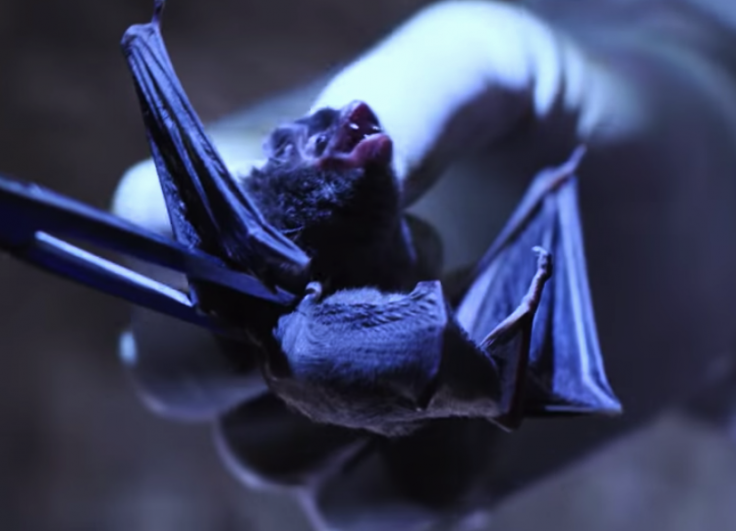The Coronavirus pandemic has devastated the global healthcare system, and people are witnessing one after another wave of COVID-19. After suffering for months, no one would want to see another pandemic, but that doesn't mean that viruses won't evolve. A well-known Chinese virologist has said that bats in China's south and south-west region harbor other Coronaviruses that have the ability to cross over to humans.
The scientist who made the recent comments is none other than Dr. Shi Zhengli from the controversial Wuhan Institute of Virology. The virologist who is also known as China's "Bat Woman" said that these viruses, which are close relatives of the COVID-19 caused SARS-CoV-2, were likely to be circulated in the nature beyond China border.
Shi said during an online event organized by French medical and veterinary academies that researchers should not only search China to find out those dangerous viruses but also in South Asian countries.
The comments from the Chinese virologist came when two international research teams prepare to find out the origin of the Coronavirus pandemic that affected millions of people around the world. While one of these teams is coordinated by the World Health Organization (WHO), the other one is set up by the Lancet, which is a medical journal.

Virus Origin
Earlier this year the Wuhan lab had become the center of controversies, as many claimed that the virus was somehow leaked from the lab, even though no evidence was found to support the claim. Shi, who rejected the theory of virus leaking from her lab, did not say that China should be eliminated from the investigation, rather she suggested looking beyond the Chinese borders for more bat-linked viruses.
Bats are believed to be the source of SARS-CoV-2, while as per Shi and many other experts before jumping into the humans the virus had an intermediate host, which is still not clear. It is also not clear for how long the novel Coronavirus has been circulating in the animals or in humans before the detection of the pathogen in 2019. But according to Shi, it could be happening for a long time.
Professor Edward Holmes, who is a virologist at the University of Sydney also believes that the SARS-CoV-2 had an intermediate host before it started spreading among humans. "It is perfectly possible that the initial cross-species transmission event did not happen in or around Wuhan itself," Holmes added who was not part of the online event. Shi and her colleagues who collected samples from Wuhan farm animals and wild animals failed to detect the novel Coronavirus.
According to the Chinese virologist, if pangolin is the intermediate host, there is a possibility that the virus had jumped from bats to these animals outside China, as most of the pangolins that reach China are being smuggled from other Asian countries.
Experts involved in these international investigations probably may not find a clear answer to the origin of the novel Coronavirus as several months have passed since the outbreak happened in China. Their goal would be to map out the ecosystem that made that crossover possible, an attempt to prevent the possibility of the incident to occur in the future.
Virus and Humans

Shi and her team pointed out a few hotspots in China, specifically in the south and south-west region, where some viruses similar to SARS show high genetic diversity and also mutation ability.
As per their analysis, published in October 2020, some of those viruses are highly capable of invading human cells and Shi described this finding as "very surprising" during the online event. "We think these viruses have a high risk of interspecies transmission to humans," the virologist added. According to her, more surveillance is required in virus transmission--between wild animals and domesticated or farmed ones and between farmed animals and humans








